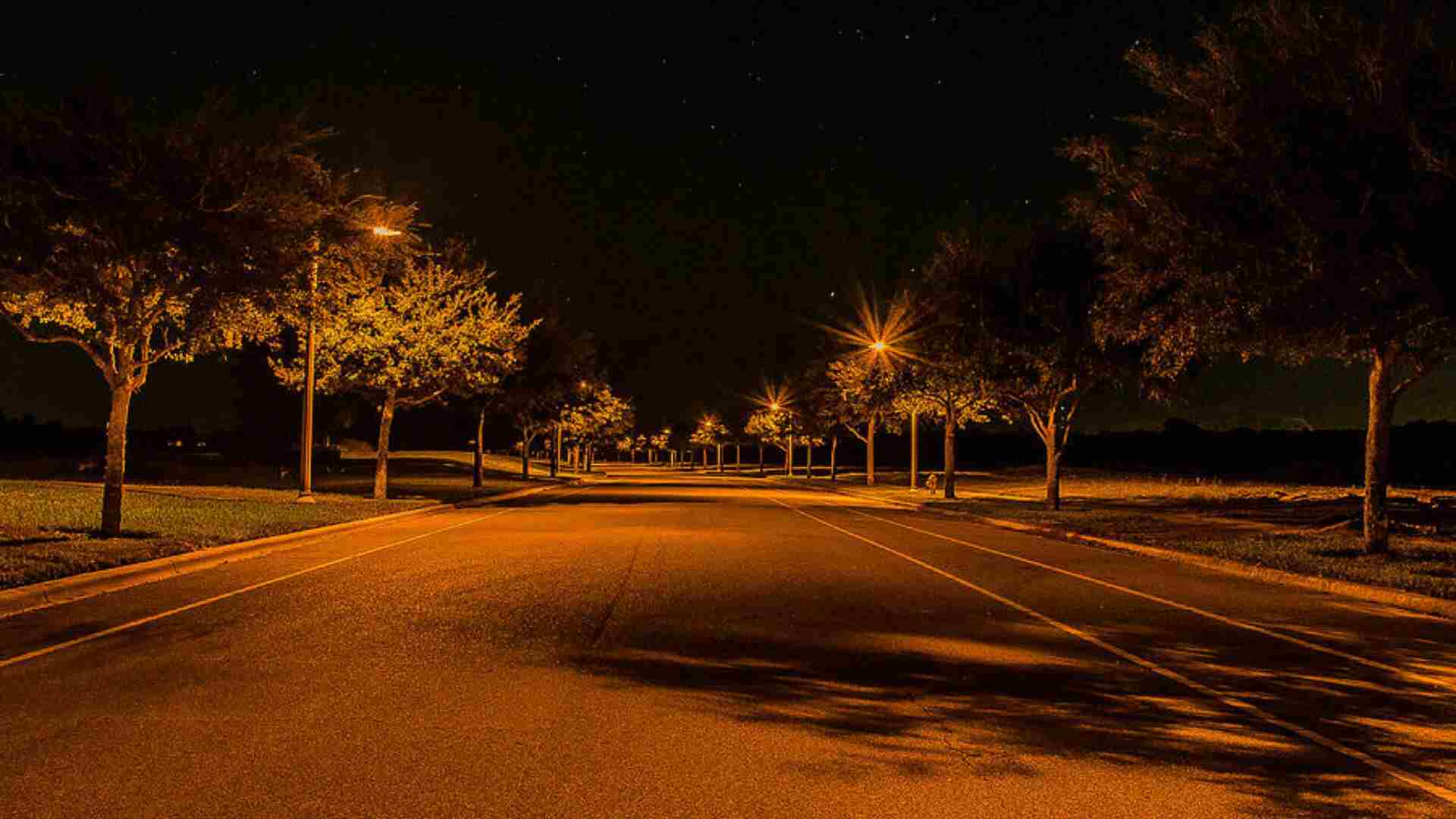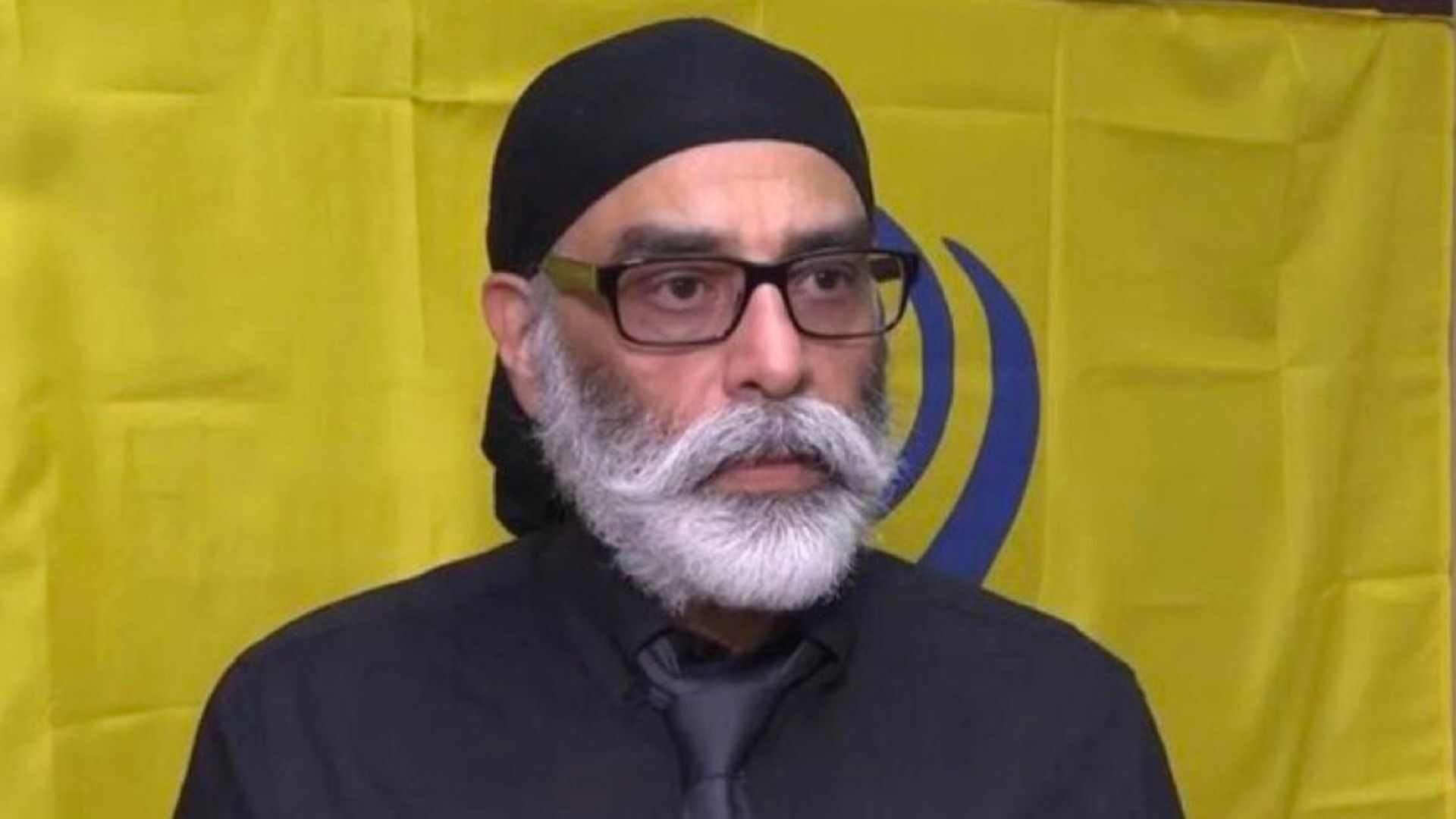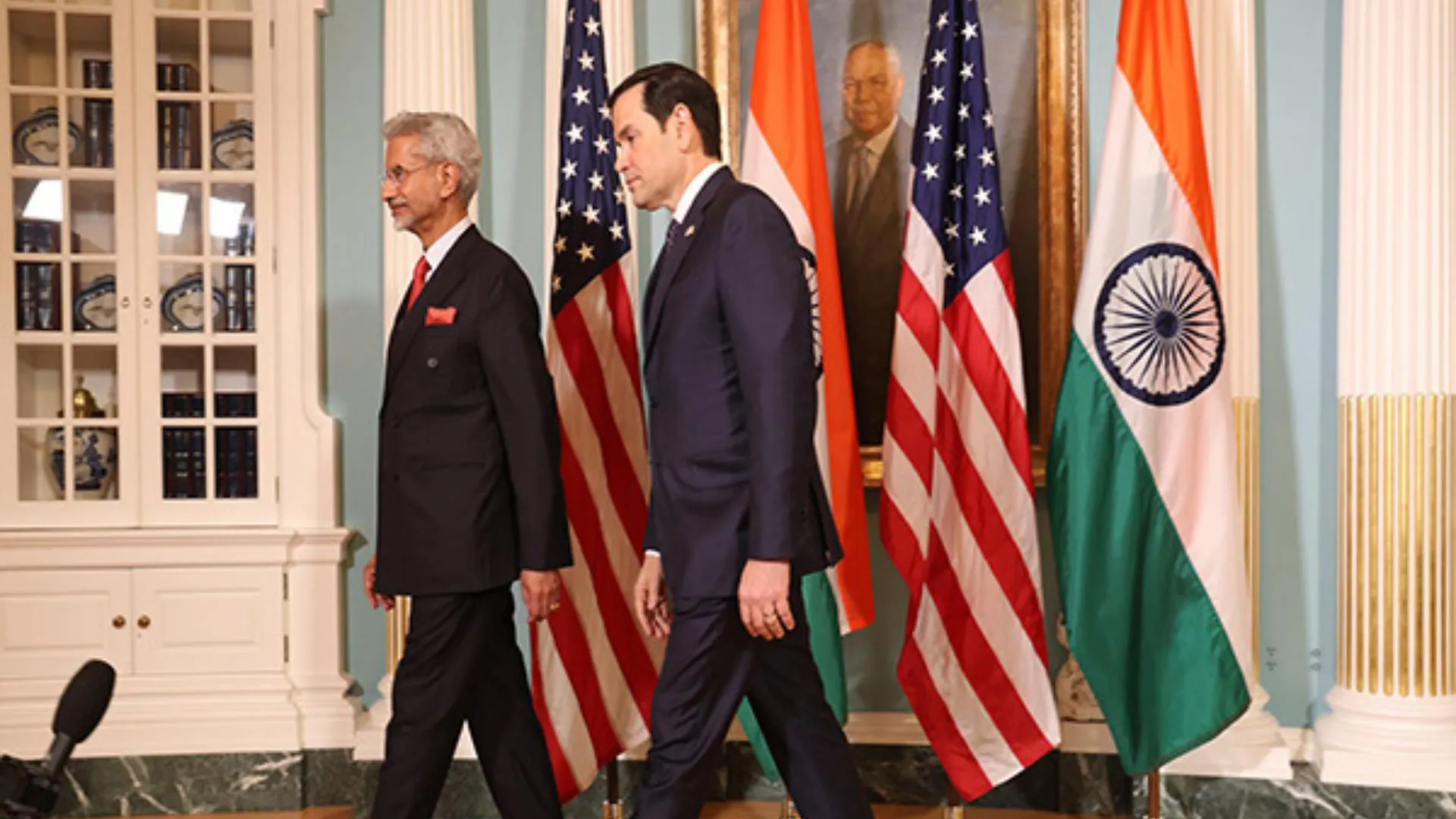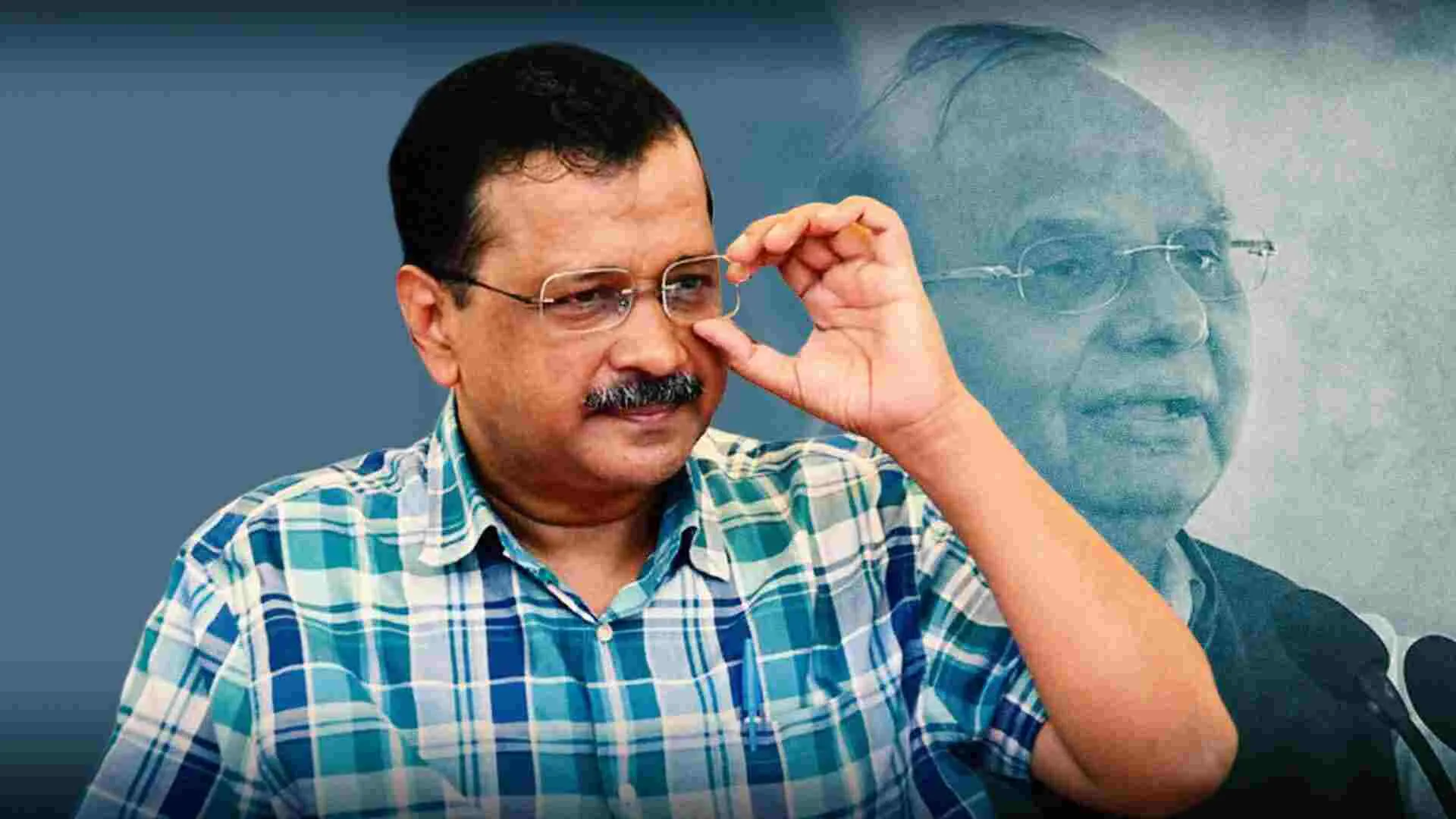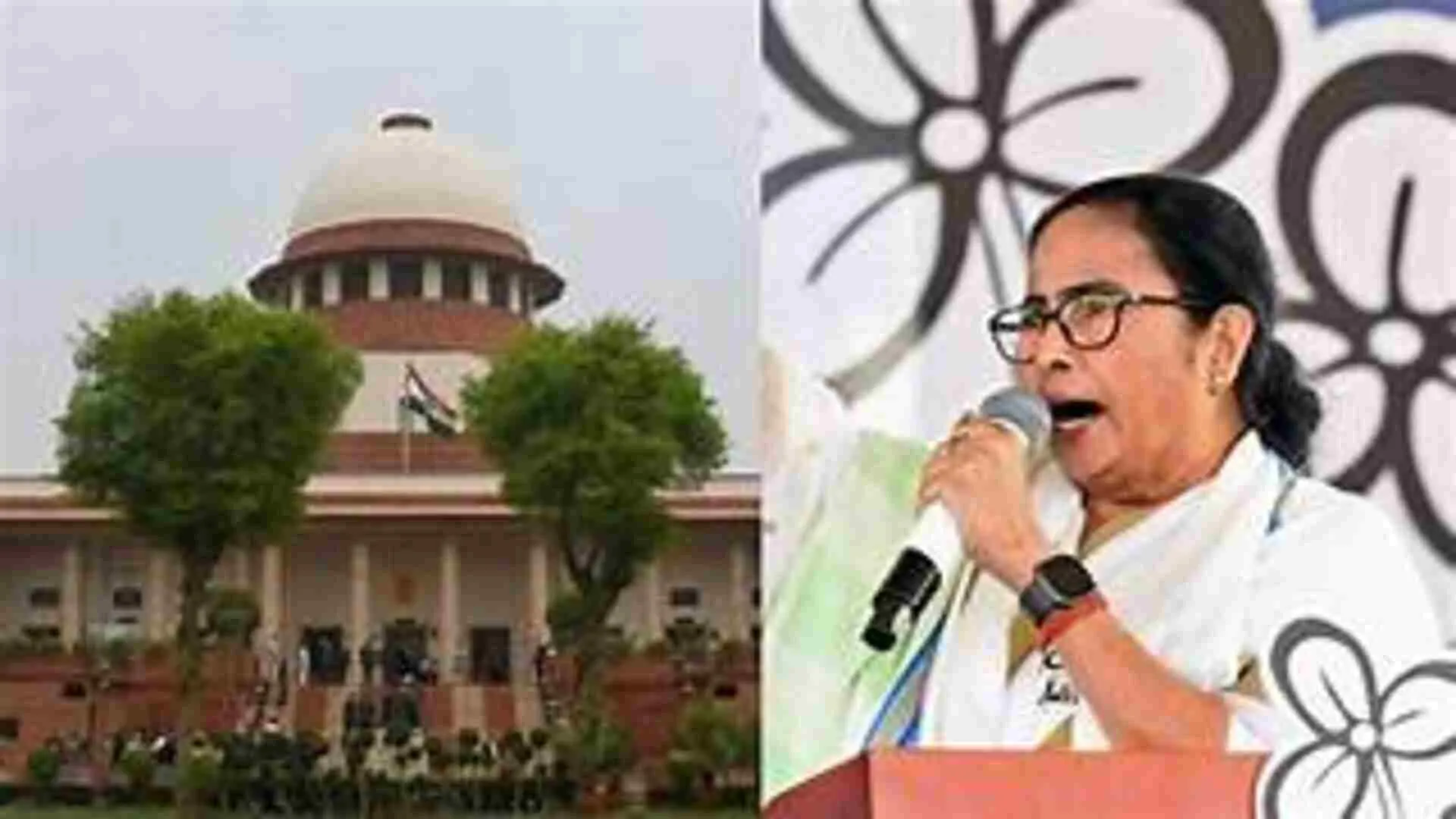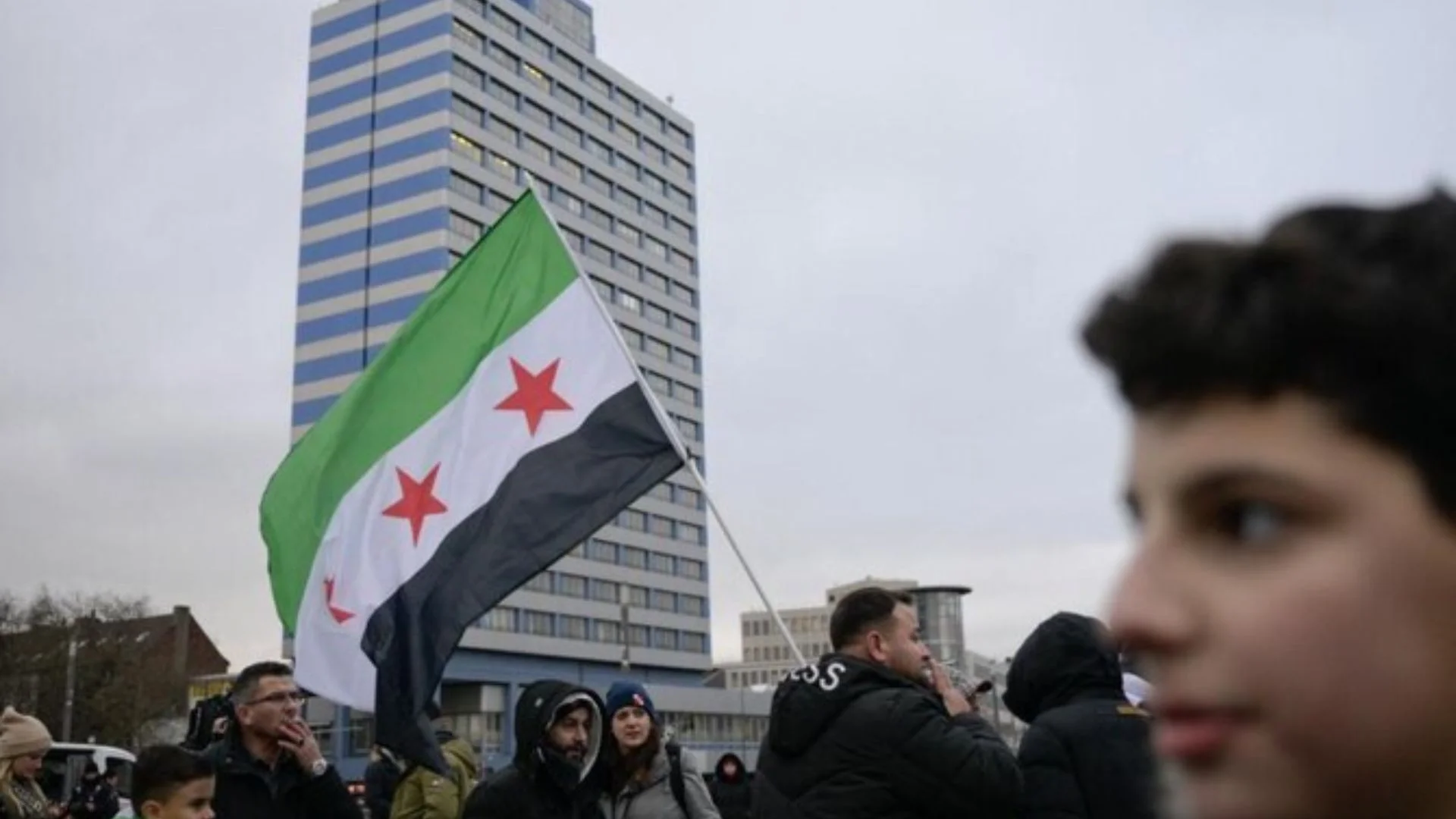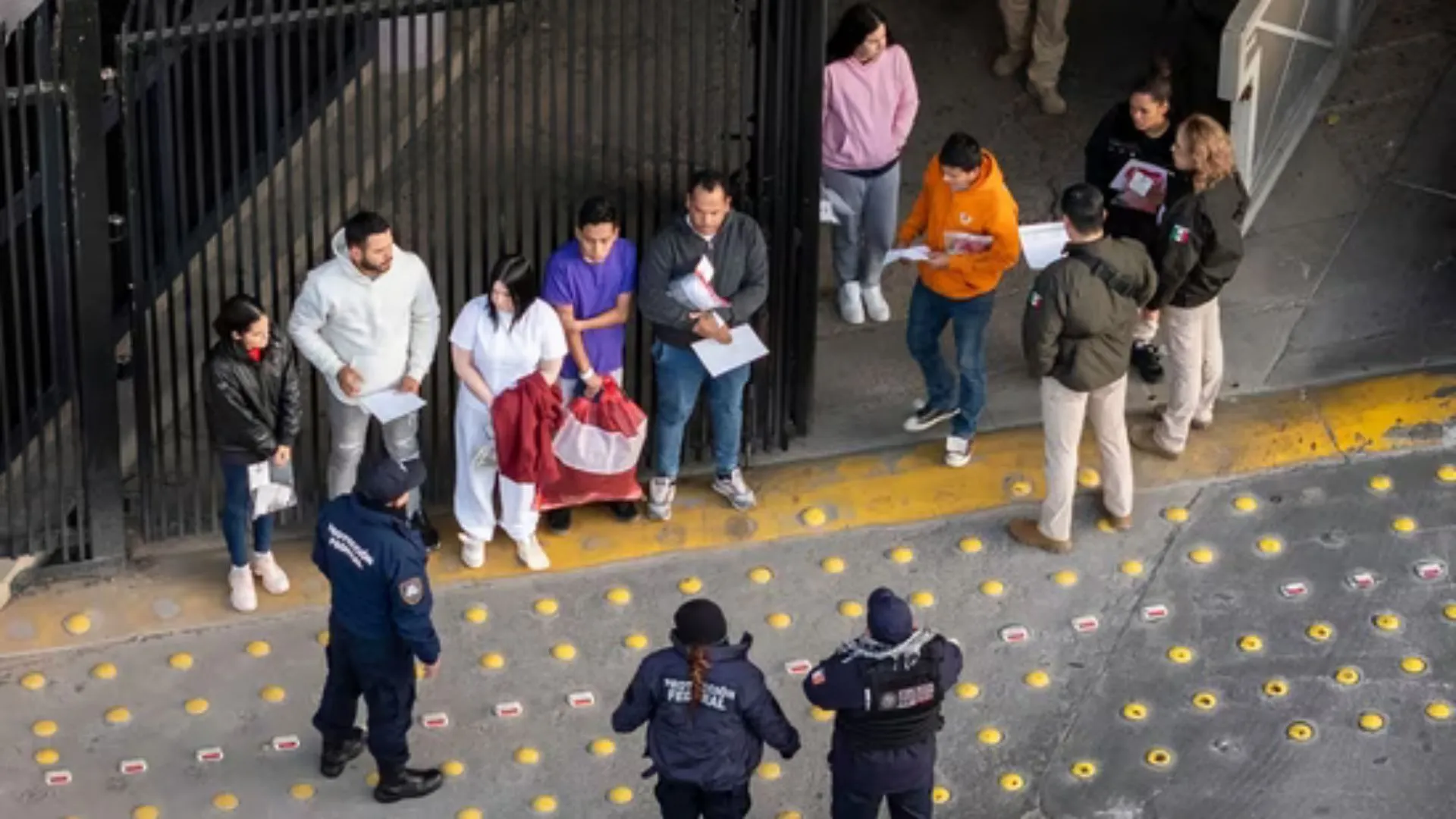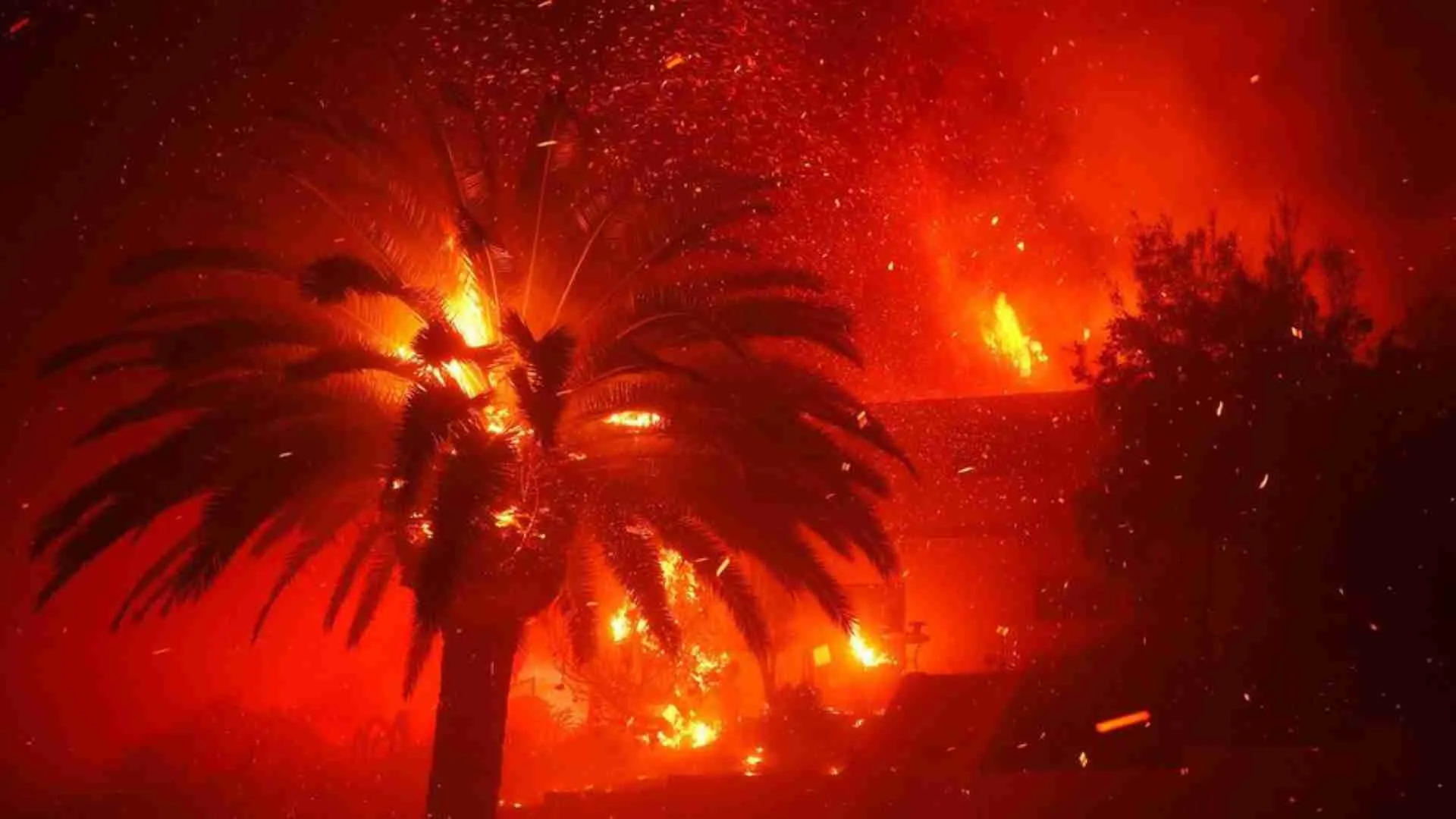Delhi is grappling with a deadly heatwave, with temperatures above 40 degrees Celsius for days. The record night temperatures have surprised many, with Delhi reporting its warmest night in 12 years on June 18, hitting 35.2 degrees Celsius, according to the IMD.
This is the city’s highest minimum temperature since 1969, surpassing the previous high of 34.9°C recorded on May 23, 1972, according to the weather department’s data.
Until Thursday, Delhi experienced maximum temperatures over 40°C for 37 consecutive days. After light rain on Wednesday night, the night temperature dropped to 29.6°C, at Safdarjung station, bringing some respite.
The Delhi heatwave has been brutal, especially for outdoor workers. At least nine have died of heatstroke in the past three weeks. Experts say high night temperatures have worsened the situation.
What Are ‘Warm Nights’?
According to the IMD, a warm night is when the maximum temperature exceeds 40°C and the minimum is 4.5°C to 6.4°C above normal. A severe warm night is when the minimum temperature rises more than 6.4°C above normal.
On Tuesday, Delhi’s maximum temperature reached 42°C, with a heat index of 51°C. The night temperature was eight degrees above normal.
The National Capital’s power demand hit a record 8,647 MW on Tuesday, rising to 8,656 MW on Wednesday. Additionally, regions across northwest and east India, including Punjab, Haryana, West Uttar Pradesh, and Bihar, have reported warm to severely warm night conditions in May and June.
Concerns Over Warm Nights
Nighttime heat, a consequence of Earth’s daytime heat retention, hampers the body’s recovery from daytime heat, resulting in increased heat-related illnesses.
“The reason that more heat stroke cases are being reported now, despite the maximum temperature hitting its peak in the last week of May, is the rise in night temperatures. There is no respite at all” a doctor at a Delhi government hospital told Indian Express on the condition of anonymity.
He added, “Moreover, homes are also warmer than the outdoors at night. So people are out in the open when it is the hottest outside [during the day] and indoors when the dip in temperature is not very much.”
Dr Dileep Mavalankar, former director at IIPH Gandhinagar, told Hindustan Times, “This happens because the body doesn’t get rest. Normally, night is the time to recuperate from the impact of extreme heat, but if you do not get rest at night, then your body will be in overdrive. For example, if I ask someone to run and instead of giving rest intermittently, I say you can only slow to a brisk walk and then run again, the person will collapse. The same thing is happening when day and night temperatures are both extremely high.”
Delhi’s Warm Nights: What’s the Cause?
Climate change has intensified heatwaves, with experts linking the scorching heat to El Niño’s Ocean warming. They highlight urbanization’s impact, like green cover loss and concrete expansion in Delhi-NCR, worsening summer conditions.
Rajneesh Sareen, who leads the Sustainable Habitat Programme at Delhi-based think tank Centre for Science and Environment, told NDTV, “The construction and concretization in big cities like Delhi have gone up significantly. Concrete buildings absorb heat throughout the day and release it at night. This is why minimum temperatures are rising in big cities.”
He said “ACs are exploding” because of the heat island effect.
Vishwas Chitale from CEEW warned that the climate crisis will lead to more intense heat waves, causing health risks due to high nighttime temperatures. He emphasized the need for year-round preparedness to address heatwaves proactively rather than reactively.

